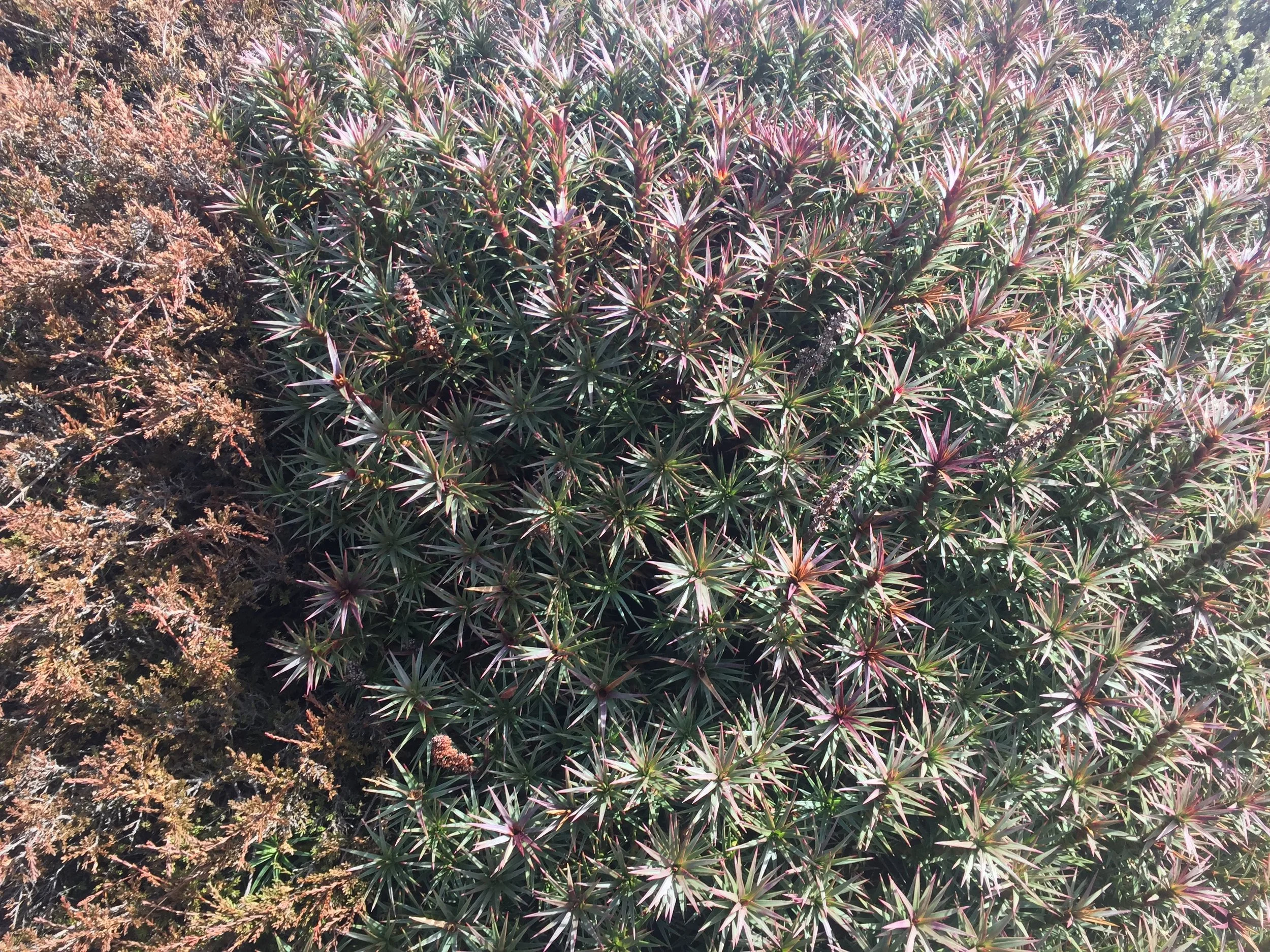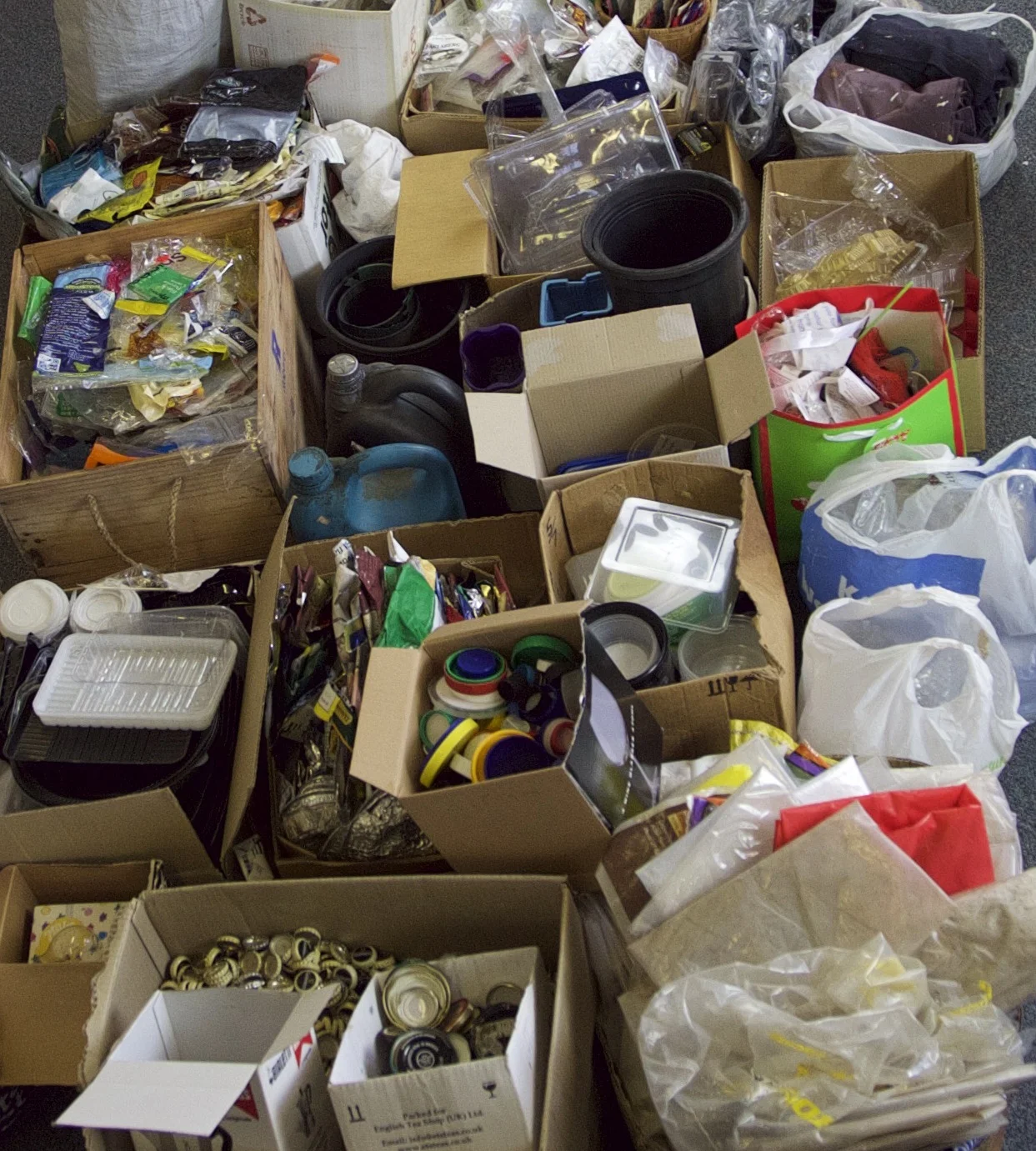The state government has finalised its State Planning Provisions. The SPP will then come into force at a municipal level as each local council’s Local Provisions are approved by the Minister for Planning, Peter Gutwein. This may not happen until early 2018 and there is a chance that the government’s proposed ‘single state-wide planning scheme’ will not be in place in any municipality before the election is called.
Call for articles
The Tasmanian Conservation Trust is seeking expressions of interest (EOI) from people wishing to write an evidence-based critique or essay on a conservation related issue relevant to Tasmania. The article will be 900 to 1200 words on an important issue which currently gets inadequate coverage and debate, or a new perspective on a prominent issue.
Missing Tasmanian marine protected areas
A little good news on forestry from Norske Skog
On 3 February 2017 Norske Skog’s Forest Certification Coordinator Michael Schofield took me on a field trip to two sites on the company’s forest estate in the Derwent Valley, one near Lake Repulse and the other next to the Tyenna River near Maydena. Although fairly informal, this was part of the company’s annual Forest Stewardship Council (FSC) stakeholder consultation. Norske received FSC certification in 2011.
Tasmanian cat management plan
In June 2016 the TCT made its submission to the Draft Tasmanian Cat Management Plan. The state government has been very slow to assess and respond to public comments and has not yet finalised the plan. Part of the reason for this long delay is that the plan includes a raft of very significant legislative changes, including a number that are controversial and need careful consideration before they can be announced as part of a final plan. We understand that the Minister, Jeremy Rockliff, intends to introduce the amendments in July 2017.
Bandicoots in backyards: how to protect them from dogs and cats
Over the past 200 years Australia (along with Central America) is the country that has recorded the highest number of mammal species that have suffered major decline or extinction due to invasive predators, with the red fox and feral cat the most damaging. Globally, cats, rodents, dogs and pigs threaten the greatest numbers of endangered vertebrates1.
A major reason that native animals are so vulnerable to introduced predators is thought to be their naivety – failure to recognise and defend themselves against the threat2. Understanding how native prey respond to invasive predators can help protect vulnerable species.
Bruny Island - Research to inform feral cat management
Fake green energy from native forest biomass
There’s a new threat to Tasmania’s forests being paraded as a ‘residue solution’ and part of a ‘wood and fibre innovation’ program. Who knew that this entails resuscitation of industrial-scale logging under public subsidies dedicated to fighting climate change?
Here is the story of the push for forest biomass energy and why it must be resisted.
Welcome to our new website!
Over the last several months we have been completely revamping the TCT website and are proud to say that it is now live. And we'd love to get your feedback?
Which plastics can go in your recycling bin?
The information provided by councils, on the recycling bin or on their web-sites, about which plastics are acceptable for recycling is frustratingly imprecise and inconsistent. The TCT has started a campaign to ask all councils to provide rate-payers with accurate and consistent information about which plastics should be put into the recycling bin.
The state of plastics recycling in Tasmania
Plastics recycling rates in Australia and Tasmania are dreadfully low and over the last decade there has not been a consistent improvement. The 2013–14 National Plastics Recycling Survey found that the amount of plastic that was recycled in Australia in 2013-14 was a 2% increase on the previous year but the amount consumed increased by 4 %. There had been a similar rise in the previous year. In 2013–14 the national plastic recycling rate was 20.4% and in Tasmania it was 13.5%.
Plastics recycler Envorinex
This article continues a theme in recent editions of the Tasmanian Conservationist, highlighting businesses that are taking leadership in their field and setting high environmental standards.
Envorinex has been operating at George Town since 2009. It collects industrial waste plastic from all around Tasmania, recycles and remanufactures it into a range of products which can be recycled again. In the future, Envorinex anticipates expanding its developed recycling and remanufacturing expertise to the mainland.














